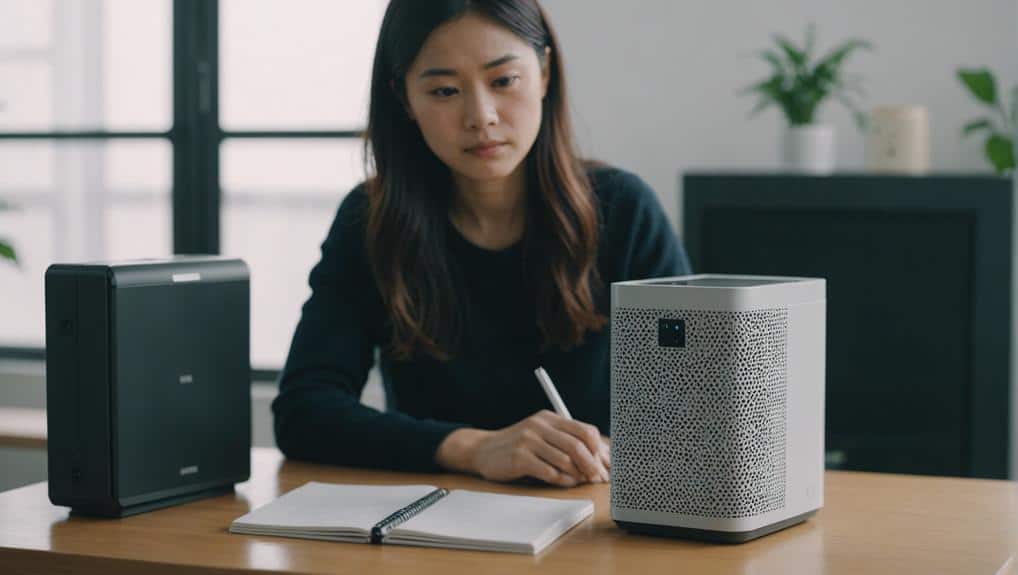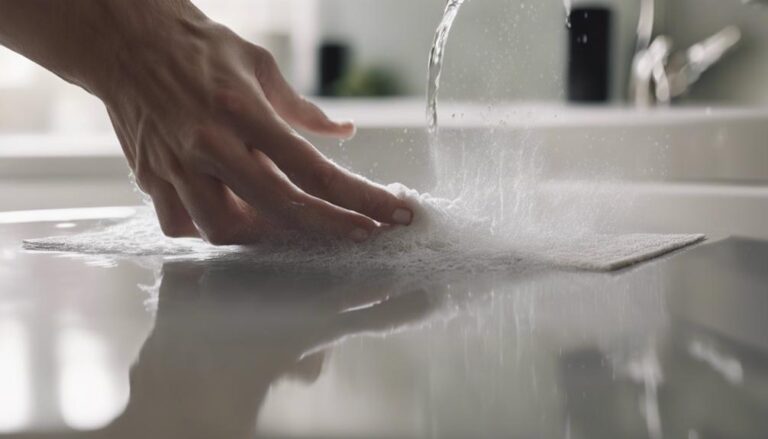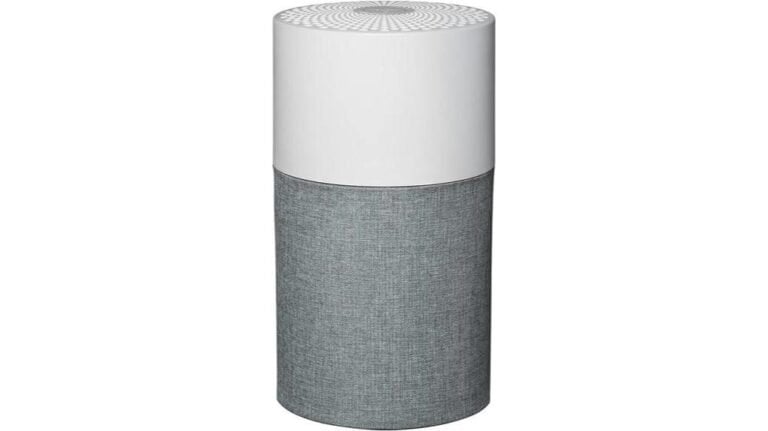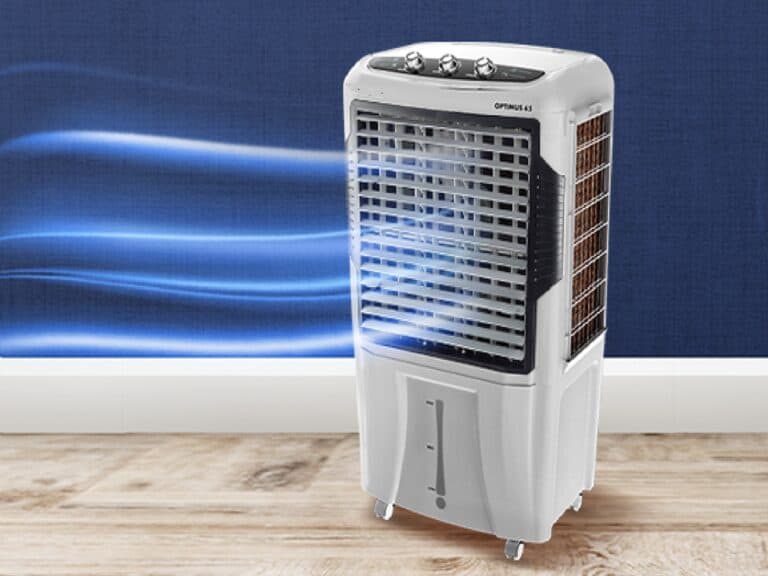How to Choose a Japanese Air Purifier in 7 Steps
When it comes to selecting a Japanese air purifier, we must navigate through a multitude of options to find the most suitable one for our needs. With so many factors to take into account, such as HEPA filters, MERV ratings, and CADR measurements, the process can seem overwhelming at first. However, by following a structured approach and breaking down the selection process into seven manageable steps, we can guarantee that we make an informed decision that will positively impact the air quality in our living spaces.
HEPA Filters for Particle Removal
When selecting a Japanese air purifier for particle removal, prioritizing HEPA filters is crucial due to their excellent efficiency in capturing harmful particles. HEPA filters excel in trapping particles as small as 0.3 microns, making them incredibly effective at removing allergens, dust, pollen, and pet dander.
By incorporating HEPA filters into air purifiers, the air quality in your home or office can greatly improve. These filters are designed to target a wide range of air pollutants, ensuring that you breathe cleaner and healthier air. The efficiency and performance of HEPA filters are unparalleled when it comes to eliminating airborne particles that can worsen respiratory issues or allergies.
Therefore, investing in a Japanese air purifier equipped with HEPA filters is a wise choice for those who seek advanced air purification technology. Make sure to prioritize HEPA filtration when considering which Japanese air purifier to purchase for superior particle removal and enhanced air quality.
Minimum MERV Rating Requirement
For effective filtration in air purifiers, a minimum MERV 14 rating is recommended. MERV ratings, such as MERV 14, indicate the efficiency of air filters in capturing particles.
With MERV 14 filters, air purifiers can effectively trap particles as small as 0.3 microns, including common pollutants like dust, pollen, and mold spores. This level of filtration is vital for improving indoor air quality by removing fine particulate matter (PM 2.5) present in haze and other air pollutants.
Smoke CADR Considerations
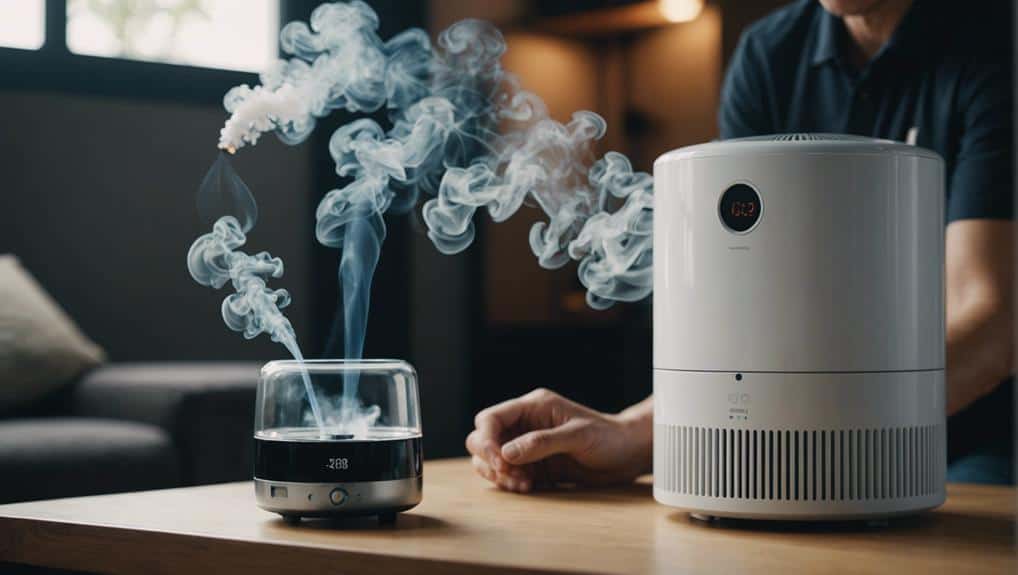
When contemplating air purifiers, it’s essential to prioritize the Smoke CADR rating for efficient smoke particle removal.
A higher Smoke CADR indicates better performance in eliminating smoke particles from the air.
Opting for an air purifier with a high Smoke CADR guarantees a more effective defense against smoke and related odors.
CADR Rating Importance
Understanding the significance of the smoke CADR rating is important when evaluating the performance of a Japanese air purifier. The smoke CADR rating directly impacts the efficiency of the air purifier in improving indoor air quality by effectively removing smoke particles.
For best results, the smoke CADR should be at least 5 times the room’s volume to guarantee thorough smoke particle removal. Higher smoke CADR ratings signify superior performance in eliminating smoke particles from the air, making it a significant consideration when selecting a Japanese air purifier for addressing tobacco smoke or similar pollutants.
Smoke Removal Efficiency
Considering the smoke CADR rating is essential for ensuring efficient smoke removal when selecting a Japanese air purifier. To make an informed decision, look for a smoke CADR value that is at least 5 times the volume of your room. Higher smoke CADR ratings indicate better performance in eliminating smoke particles from the air, ensuring efficient removal of smoke, odors, and other fine particles. Opting for a Japanese air purifier with a high smoke CADR is key in achieving effective smoke removal in your space.
| Smoke CADR Considerations | |
|---|---|
| Key Point | Details |
| Measure of Efficiency | Removes smoke particles |
| Suggested Value | 5 times room volume |
| Performance Indicator | Higher values are better |
| Impact on Air Quality | Efficient smoke removal |
Carbon Filters for Odor Control
Carbon filters in Japanese air purifiers effectively trap and absorb odors from various sources like cooking, pets, and smoke, enhancing indoor air quality.
When considering carbon filters for odor control, here are three key points to keep in mind:
- Activated Carbon Material: The activated carbon in filters is designed to adsorb volatile organic compounds (VOCs) responsible for odors in the air. This material is highly effective at neutralizing unpleasant smells, ensuring a fresh environment.
- Odor Removal Efficiency: Carbon filters have a porous structure that allows them to capture and hold odor molecules, preventing them from circulating in the air. This feature significantly contributes to improving indoor air quality by removing odor-causing particles effectively.
- Air Circulation Enhancement: Opting for Japanese air purifiers with high-quality carbon filters ensures efficient odor control and fresh air circulation. These filters play an important role in maintaining a pleasant atmosphere within your living space.
Ozone Generation Avoidance

In order to guarantee safe and effective air purification, Japanese air purifiers must avoid ozone generation due to its potential to worsen air quality and cause respiratory issues. Ozone, a lung irritant, can react with indoor air pollutants, creating harmful byproducts. This interaction can lead to respiratory problems and exacerbate existing lung conditions.
To maintain healthy indoor air quality, it’s vital to select air purifiers that don’t emit ozone. By choosing ozone-free air purifiers, you can make certain that your air purification process is beneficial and safe for you and your loved ones.
Prioritizing the avoidance of ozone generation in air purifiers is crucial for controlling the quality of the air you breathe and minimizing the risk of respiratory issues associated with poor indoor air quality. Remember, selecting air purifiers without ozone generation is a proactive step towards creating a healthier environment within your living space.
Proper Sizing Based on Room
To guarantee effective air purification, it’s essential to properly size the air purifier based on the dimensions of the room. When selecting the right air purifier size for your space, follow these essential steps:
- Measure the Room: Determine the square footage of the room by measuring its length and width. This measurement will help you find the appropriate air purifier capacity for the space.
- Check Manufacturer Guidelines: Consult the manufacturer’s recommendations for ideal room sizes that match specific air purifier models. These guidelines will guarantee that the air purifier is suitable for the room dimensions.
- Match Square Footage: Calculate the room size in square meters or square feet and compare it with the air purifier’s recommended room size. Ensuring alignment between the room size and air purifier capacity will optimize air cleaning efficiency.
Following these steps will help you select the right-sized air purifier, guaranteeing excellent performance and effective air filtration in your room.
Regular Filter Maintenance
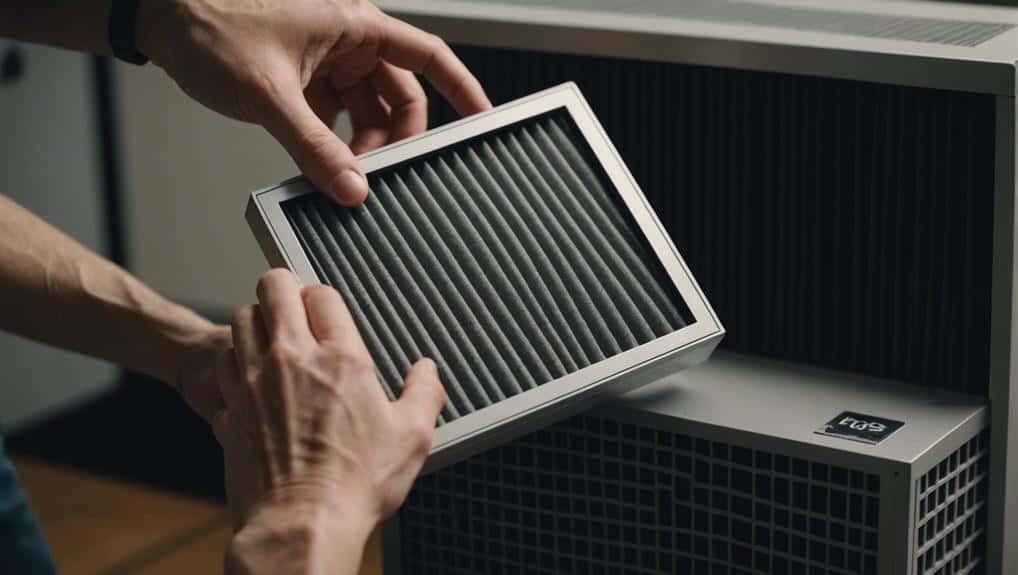
When maintaining Japanese air purifiers, ensuring regular filter upkeep is essential to preserving peak performance and air quality. Filters play an important role in capturing pollutants and allergens, improving the clean air delivery rate and enhancing indoor air quality.
It’s imperative to adhere to the manufacturer’s guidelines for replacing filters promptly to maintain efficient air purification. Neglecting filter maintenance can compromise the effectiveness of the air purifier and result in decreased indoor air quality and potential damage to the device.
Clean filters are more effective at trapping particles, ensuring a healthier environment. By establishing and following a consistent filter maintenance schedule, you can prolong the lifespan of your Japanese air purifier and optimize its performance.
Take control of your air purifier’s maintenance to enjoy cleaner, fresher air in your living space.
Conclusion
To sum up, selecting a Japanese air purifier involves considering factors like:
- HEPA filters
- MERV ratings
- Smoke CADR
- Carbon filters
- Ozone generation
- Proper sizing
- Regular maintenance
By prioritizing these aspects, you can guarantee efficient particle removal, odor control, and overall healthier indoor air quality.
Make an informed decision based on these steps to choose the best Japanese air purifier for your specific needs and enjoy cleaner, fresher air in your home.
